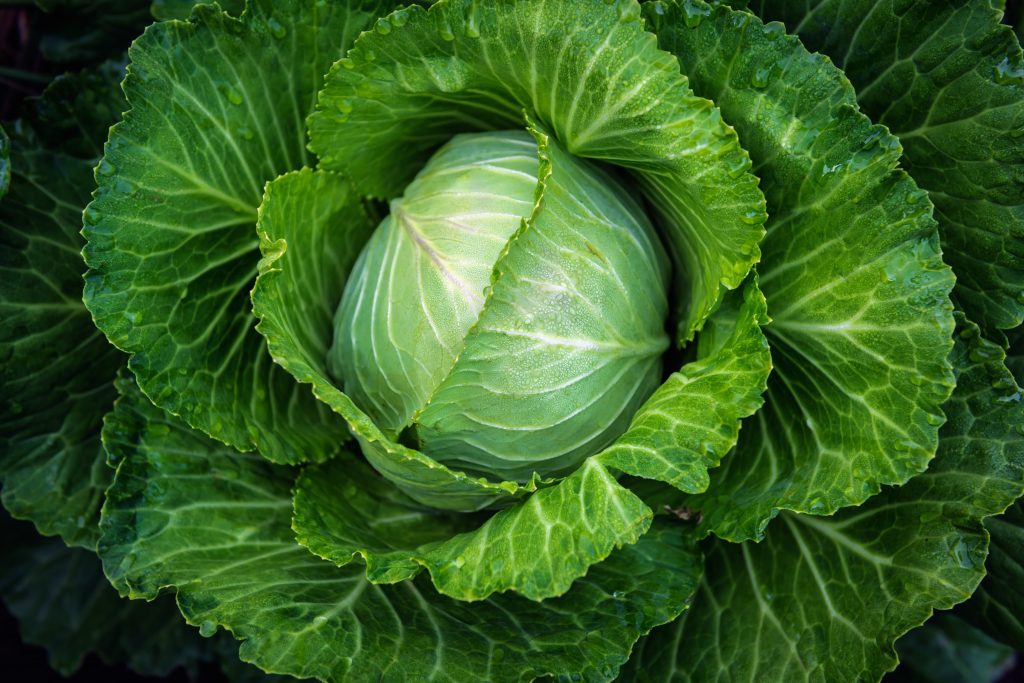
In Russia, cabbage was fermented from time immemorial. In each locality and even every housewife had their own recipes for harvesting vegetables. But in order for the dish to turn out tasty, juicy, crunchy, you must correctly choose the varieties of cabbage for pickling and salting.
Content
Choose a variety
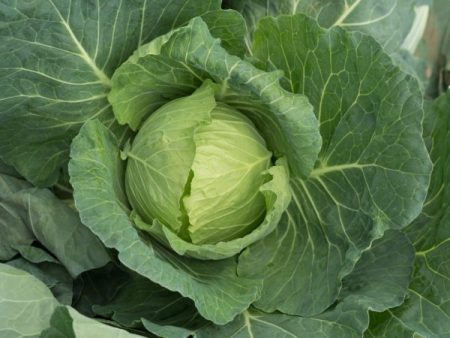
Experienced gardeners grow cabbage of different varieties and different ripening dates on the site.
Early grades
An early ripe vegetable has soft soft leaves, a small amount of sugars. It is harvested 60-90 days after the emergence of seedlings, used mainly fresh, for summer salads. Early cabbage is not suitable for harvesting.
Mid-season and late varieties
A longer period (100-145 days) should be "sit" on a bed of mid-ripening heads of cabbage. During this time, cabbage accumulates a large number of vitamins, the leaves become juicy, dense and crunchy.
The taste of cabbage depends not only on the characteristics of the variety, but also on the proper care.
These heads of cabbage are suitable for fresh consumption, pickling, storage in the cellar. Due to its versatility, mid-season cabbage is very popular. Gardeners also arrange vegetation periods, as the heads of cabbage have time to ripen even in regions with a harsh climate, where autumn comes early.
The late ripening cabbage has a ripening period of 145 days and longer; its heads are large, juicy, suitable for pickling. The cultivation area is the south and central regions of Russia, since in Siberia, the Urals and the Northwest, such a vegetable does not always have time to reach full “condition”. Much depends on the characteristics of a particular variety, but in general, late-ripening varieties are grown specifically for storage in the winter, as well as pickling and fermentation.
What selection offers: the best varieties
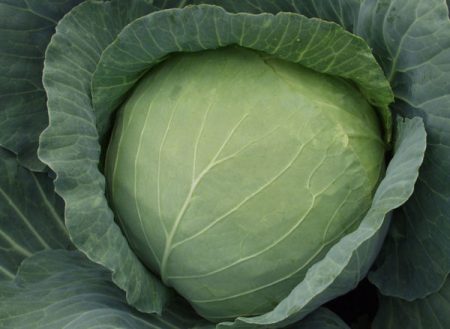
The varietal assortment of cabbage is large, but summer residents most often focus on the old varieties, with some incredulity regarding the new developments of breeders. The traditional choice of vegetables for pickling and salting is the famous Slava, Gift, Belarusian.
However, hybrids are successfully salted and fermented - domestic and foreign, mainly Dutch breeding. It’s hard to argue about taste, each mistress has her own preferences. Novelties are distinguished by high immunity, are little affected by diseases and pests, are suitable for transportation - and these are obvious "pluses".
When choosing a variety take into account:
- ripening dates;
- destination;
- climatic conditions of the region;
- taste qualities;
- productivity.
The latest ones are laid in the cellars, but ripening heads by the end of September or October were sent to tubs and barrels.
Varieties of mid-season cabbage
The following varieties are rightly called ancient, used for pickling throughout the country.
Glory
The variety has been known since the first half of the 20th century, varieties have been bred, among which Glory 1305 is especially popular. The packages indicate that the variety is the best for pickling, and the enthusiastic reviews of gardeners of different generations confirm this. Glory is not stored for long; fresh cabbages are used until November and December.
The upper "clothes" of heads of cabbage are salad-colored, the inner leaves are almost white.The form is round, slightly flattened, weight up to 5 kg, but on average 3-3.5 kg forks are obtained.
Glory 1305 - cabbage, full ripening occurs in the middle lane in September. At the end of the month, heads of cabbage are cut and prepared for pickling.
Belarusian
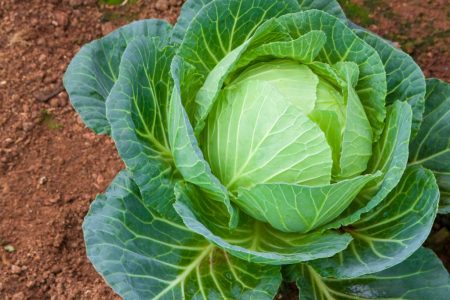
For a long time known variety among gardeners, cultivated since the 40s of the last century. Ripens by the end of September (120-130 days), heads of cabbage are dense, rounded. Weight - about three kilograms, the stump is small.
Belarusian requires good care, prone to defeat keel, other diseases. But the disadvantages are more than overlapped by the numerous merits of the variety. Among them:
- excellent taste (in any form);
- high content of vitamins;
- good yield;
- keeping 3-3.5 months.
They grow Belorusskaya with marking 455, there is also a late variety - the variety Belorusskaya 85.
Present
Not lost among the many varieties and cabbage with the beautiful name Gift, bred in the USSR in the early 60s. Valued for juiciness and sweetness, pronounced taste. It is used in salads, for cooking soups, second courses, good in salting.
Gardeners praise Gift for endurance, unpretentiousness in cultivation. Forks are round, dense, weighing 2-3 kg. Leaves with a waxy coating, giving the vegetable a grayish tint.
The advantage of the variety is the resistance of the heads to cracking.
The gift shows a high yield in various regions of the Russian Federation, Ukraine, Belarus.
Anniversary Semko
Up to 4 kg grow the heads of cabbage Jubilee Semko. Mid-season variety has been included in the State Register since 1993, recommended for all regions. In the oval shape of heads of cabbage, the leaves are covered with a strong waxy coating. The inner leaves are white.
The variety lies in the basement or cellar for 4-5 months, but is mainly used for salting. The taste of sauerkraut is excellent.
Krautman F1
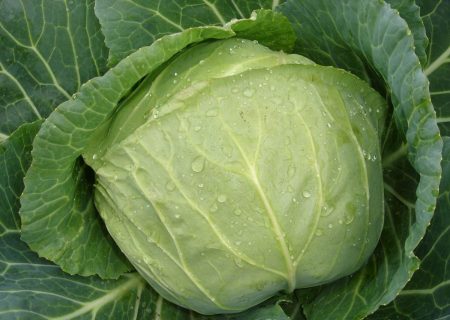
The Dutch hybrid Krautman is widespread in the regions of the Russian Federation. Valued for its high palatability, resistance to adverse conditions.
Heads are tight, dense, weighing 4-5 kg. Krautman is appreciated for resistance to cracking, long storage (February-March). It is considered one of the delicious varieties in pickling, pickling
Varieties of medium late and late cabbage
Cabbage with growing periods of more than 145-150 days is suitable for cultivation in the southern regions and central regions of the country.
Moscow late
The variety is grown everywhere, heads of cabbage are well stored, tasty in pickling, preservation. Late Moscow is characterized by productivity, unpretentiousness in leaving.
Heads - up to 7-8 kg, dense, with green-gray leaves. Appreciated for resistance to cracking.
Amager 611
The variety has been grown since the 40-50s of the last century, it can rightfully be called a veteran of domestic selection. Despite the emergence of new cabbage hybrids, it does not lose ground and successfully competes with them. Differs in keeping quality, excellent taste, resistance to lowering temperature.
Forks grow up to 4 kg, leaves with a wax coating. Amager is suitable for storage in the winter (up to 5-7 months), suitable for transportation.
Kharkov winter
This cabbage is grown by private traders, farmers. In the State Register since 1976. The main advantages include:
- excellent taste;
- suitability for processing, fresh consumption, storage;
- resistance to prolonged drought.
The variety is slightly damaged by pests. Heads ripen for a long time, they are left on ridges until the cold weather. Weight - 3-4.5 kg.
Stone head
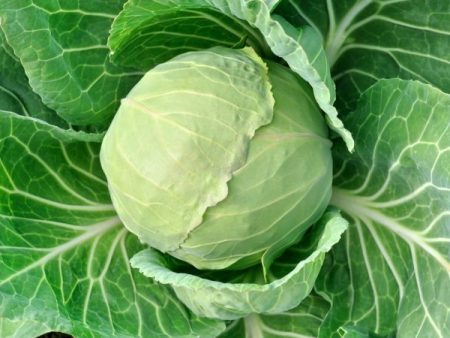
A variety of Polish selection, in the State Register since 2006. Heads are dense, with large bubbly leaves. The upper leaves are gray-green, the inner ones are slightly yellowish.
They appreciate the Stone Head variety for productivity, good taste. Matures closer to October, suitable for pickling, stored for a long time (until April).
Valentine F1
Familiar to gardeners from different regions of the Russian Federation, a hybrid of Valentine cabbage was introduced to the State Register in 2004. Forks are oval, slightly flattened, weight - 4-5 kg.On the upper leaves there is a bluish waxy coating, a snow-white head of cabbage in the section.
The hybrid tolerates small frosts, ripens by the end of September.
Immediately after cleaning, a bitterness taste is felt, which completely disappears with salting or after a couple of months of storage.
Hybrid recommended for processing, long stored. Taste qualities only improve over time.
Geneva F1
The hybrid will please with tight tight heads of weight 3-4 kg. The form is round, the leaves are dark green in color, inside are snow-white.
Geneva cabbage F1 is recommended for storage (terms - up to 9 months), salting. Ripens in September, is considered one of the earliest in the late-ripening group.
Tradeswoman
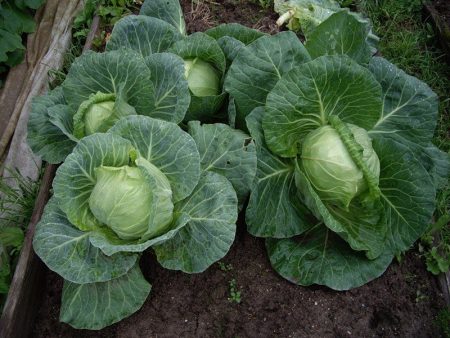
In 2011, a variety of Tradeswoman appeared in the State Register. Priced cabbage by gardeners highly. It is grown everywhere, shows excellent yields in the middle lane.
Heads of flat-round shape, weight - 2.8-3 kg. Well stored, resistant to rot, do not lose consumer properties.
Megaton F1
Hybrids of medium-late ripening include Megaton (Holland). Since 1996, registered in the State Register of the Russian Federation. It shows record yields in different regions, despite the long growing periods, it is grown even in the Northwest.
Heads of cabbage are semi-covered, high density, juicy and crispy.
It is stored in the cellar for up to 2-3 months, but mostly Megaton goes to salting and pickling. Gardeners note the excellent taste of sauerkraut, comparing it with the traditional varieties Slava and Belorusskaya.
Offers of modern selection
Gardeners try new varieties and hybrids, among which there are many "foreigners".
Polar MS
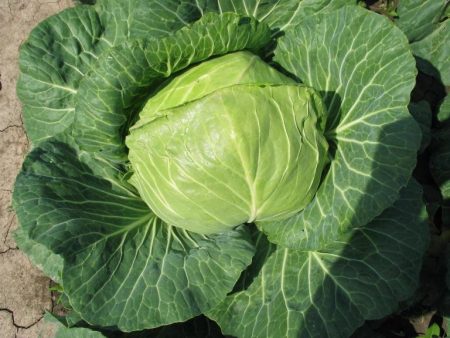
This variety cannot be called a novelty; it was included in the State Register in 1997. Bred by Czech breeders, recommended for pickling.
Heads of cabbage reach a weight of 3 kg, covering leaves are green, with a waxy coating, internal ones are slightly yellowish.
The taste is great. The variety is resistant to disease, transportable.
Atria F1
A hybrid from the Netherlands, characterized by productivity and a large mass of heads of cabbage (7-10 kg). Forks are dense, rounded, leaves are greenish-white. On the bed do not crack, despite the long growing season.
Mostly use Atria for winter storage. The taste of heads of cabbage becomes sweeter over time; the hybrid is resistant to rot.
Turkiz
Good taste in pickling in the late-ripening varieties Turkis (Germany). Bred specifically for long-term storage (up to 8 months), resistant to rot, keel.
Forks are round, weighing 2.5-3 kg, do not crack. They remove the beds late in late October, therefore Turkiz is recommended for the southern regions.
The miracle of salting F1
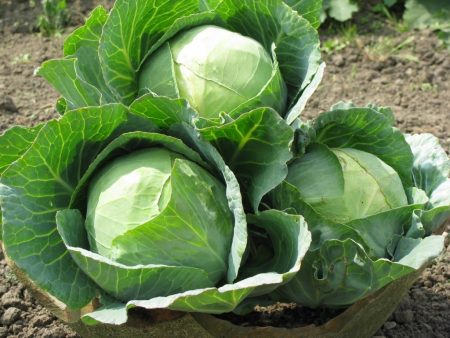
A hybrid with the original name is grown in different climatic zones of Russia. Bred in the Netherlands, recommended for storage, salting.
Heads of cabbage are round, up to 4 kg in weight, with tight-fitting leaves. Cabbage contains a large amount of sugars, the inner leaves are juicy, crunchy.
Sauerkraut
The cold-resistant cabbage grade is offered by Aelita agricultural company. By maturity, it is included in the group of mid-ripening species (130 days), it is highly resistant to adverse conditions.
Head of cabbage of medium size, by weight - 3-4 kg. Inside - a snug fit of leaves, no voids.
Recommended variety (name suggests) for pickling and pickling.
Fighter F1
A powerful hybrid will delight you with excellent harvests. Forks with a large number of upper leaves weigh up to 4-5 kg, rounded, high density.
The surface of the leaves is gray-green, at the cut - whitish. Fighter F1 - a late hybrid; head out in October. Recommended for long-term storage. In the State Register of the Russian Federation, this cabbage was registered in 2011.
Mara
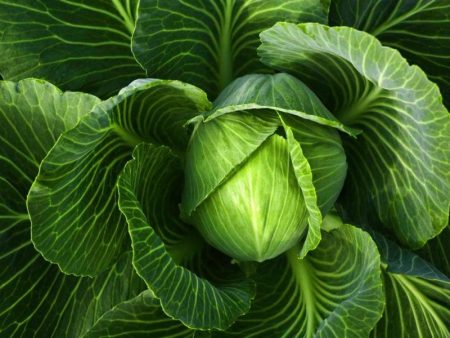
Variety Mara is the pride of breeders of Belarus. Maturing term (160-170 days), refers to the late ripening group of cabbage.Heads weighing 3-4 kg, beautifully rounded.
The leaves are dark green, inside - whitish. A strong waxy coating is visible on the integumentary leaves. The Mara variety is suitable for long, up to 6-8 months, storage. Due to its high sugar content it is suitable for pickling.
Aggressor F1
A favorite of gardeners is the Aggressor hybrid, since 2003 it has been included in the State Register of the Russian Federation. Medium late cabbage, grown in private and private farms.
The average weight of the forks is 3 kg. Heads of cabbage inside are white, with a fine structure. Stumps of medium length. Main advantages:
- disease resistance;
- unpretentiousness in leaving;
- juiciness;
- good taste.
When laying in the cellar is stored without loss of taste for up to 6-7 months. The hybrid is suitable for pickling and pickling.
How in appearance to determine the suitability of cabbage for salting
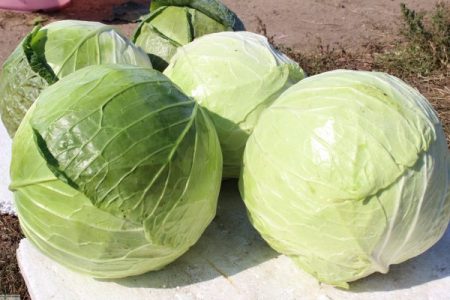
Choosing the "right" for the fermentation of the variety, you need to provide them with full care. The variety may be the best for pickling, but due to violations of agricultural technology, heads of cabbage will turn out to be loose, tasteless.
Choose heads for fermentation:
- the best weight of heads of cabbage is 2-3 kg, forks “babies” will not work;
- when you click on the forks, it does not bend, does not lose shape;
- when pressed, creaking of leaves is heard, which is a sign of a high density of head of cabbage;
- cover leaves should be white or slightly greenish;
- the taste of cabbage should be sweet, without bitterness.
- the length of the stump is no more than 3-4 cm.
Not suitable for processing early cabbage, specimens affected by pests, with rot. In some later varieties, the taste gives off a light bitterness. This is a cabbage for a long storage, bitterness goes away with time. But for pickling and pickling, such varieties are not recommended.
Reviews gardeners
Catherine, Perm Territory
I always grew Glory, because I know that there is no better grade in pickling. But the last two years I’ve been trying Aggressor, I can’t boast. The cabbage is crispy, delicious. We ferment in an enameled tank, keep it on the balcony until the cold, then in cans and in the refrigerator.
Igor, Moscow Region
In addition to the early ones, I plant soot in the country, Amager cabbage - for storage, varieties Belorusskaya and Valentina - in pickling. Amager is stored until March, no problems with the heads of cabbage, but I do not take it to the pickle. Like Belorussian, it turns out juicy, moderately crispy, not rough. We have been growing Valentin cabbage for about five years, at first they were only shredded for winter salads, now it’s the second year now. It is advisable to make this variety later, closer to November, then it turns out tastier.

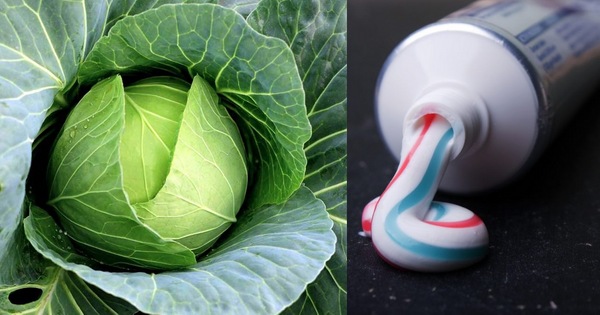
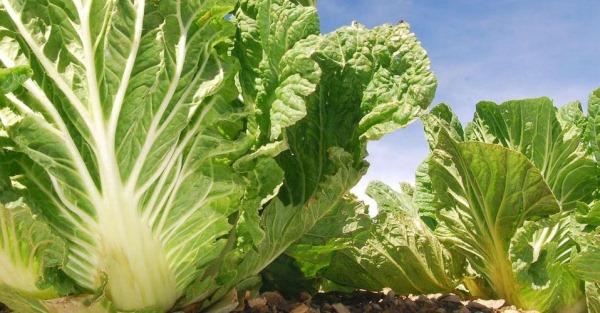
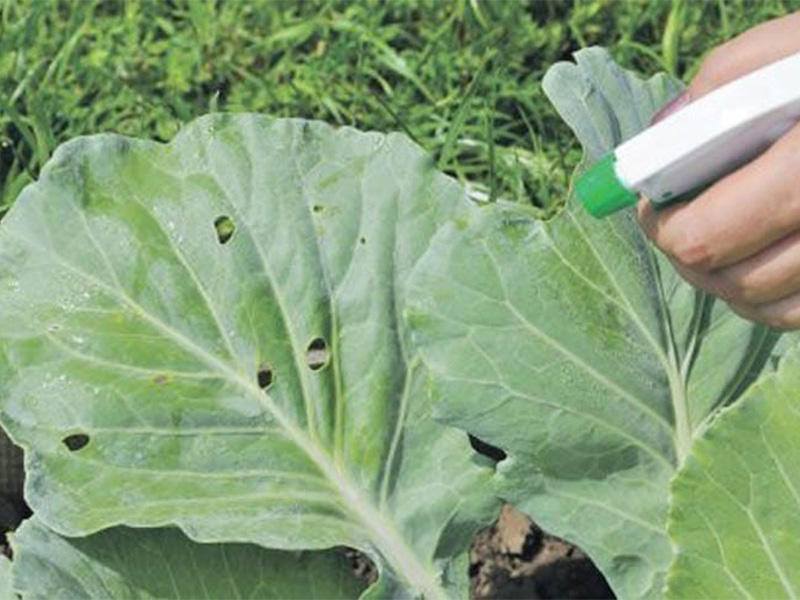
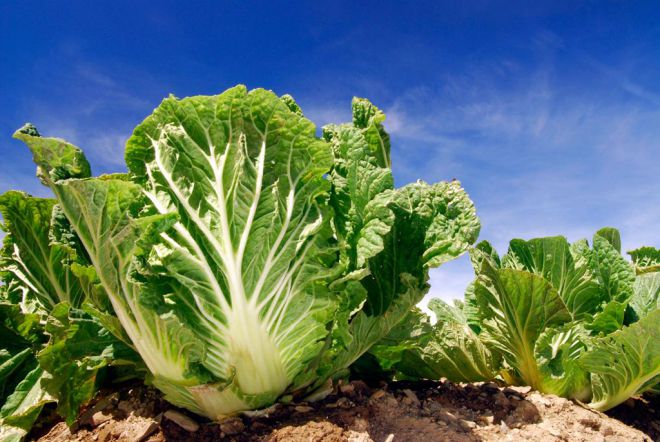 How to grow Chinese cabbage on your site?
How to grow Chinese cabbage on your site?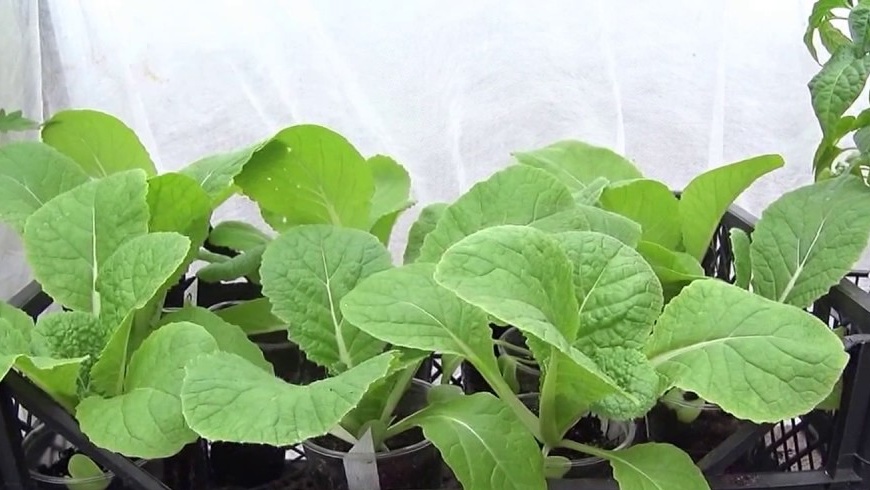 When to plant Chinese cabbage on seedlings in 2024
When to plant Chinese cabbage on seedlings in 2024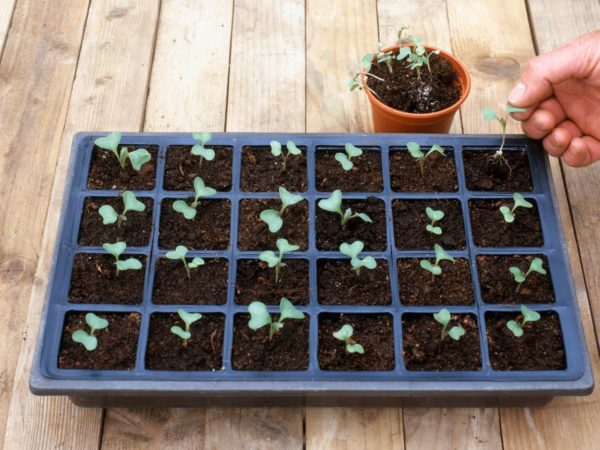 When to sow cabbage for seedlings in 2019 on the moon
When to sow cabbage for seedlings in 2019 on the moon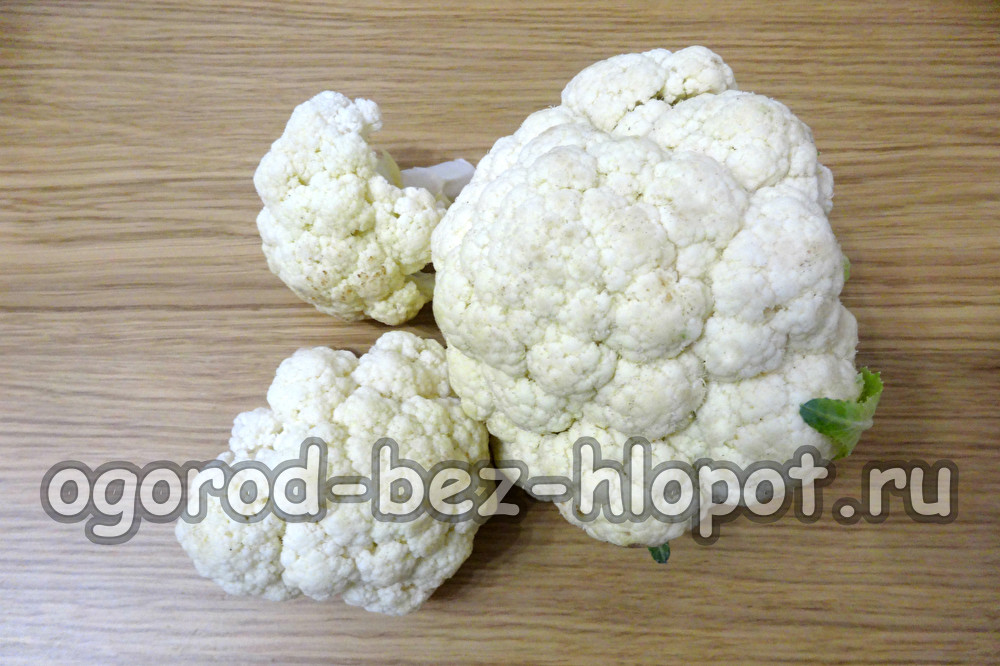 Cauliflower: how to grow large snow-white inflorescences
Cauliflower: how to grow large snow-white inflorescences
Denis
Variety Aggressor is tasty fresh and is suitable for pickling and pickling. Resistant to cruciferous flea damage and Fusarium disease.
Egor
Mid-late variety ideal for pickling. Medium-dense rounded heads of cabbage weighing up to nine kilograms. The leaves are juicy, sweet white-cream color. The variety is resistant to many diseases of cabbage and fleas. It is stored up to five months after harvest.